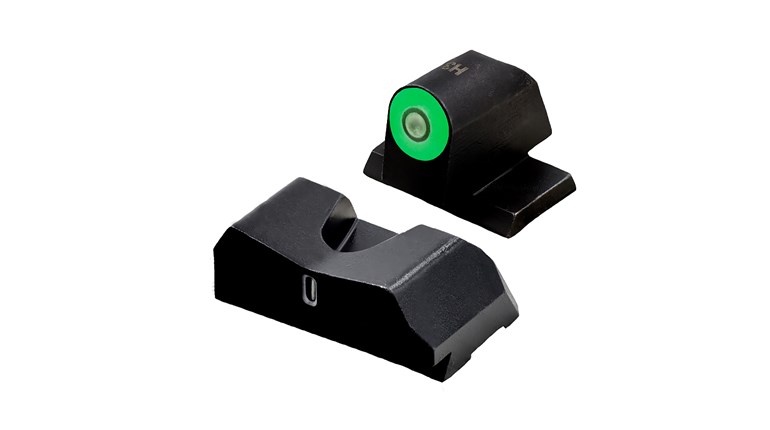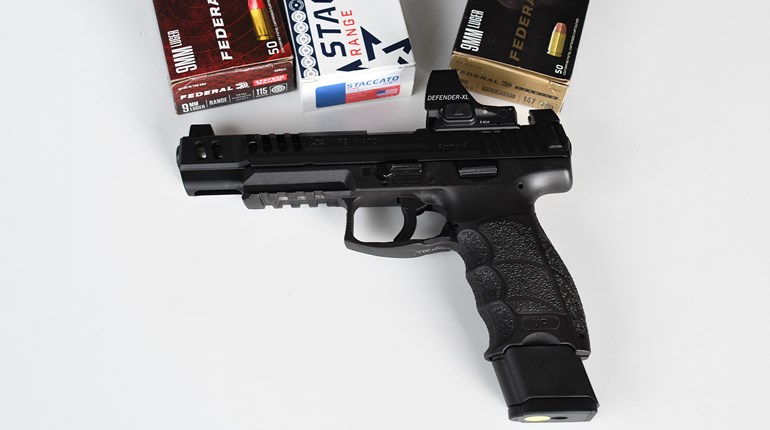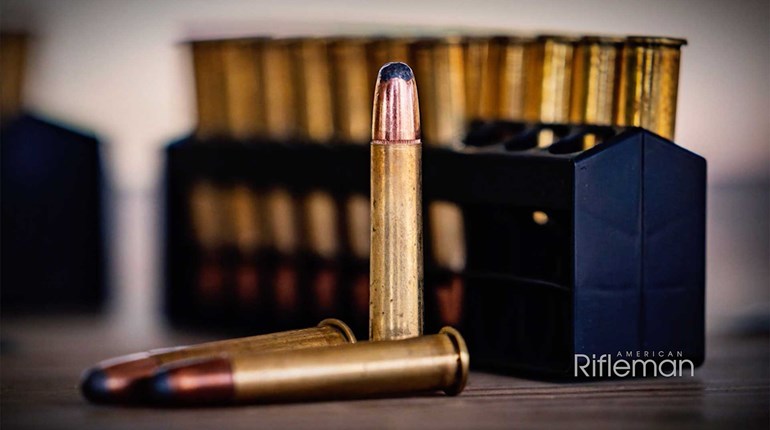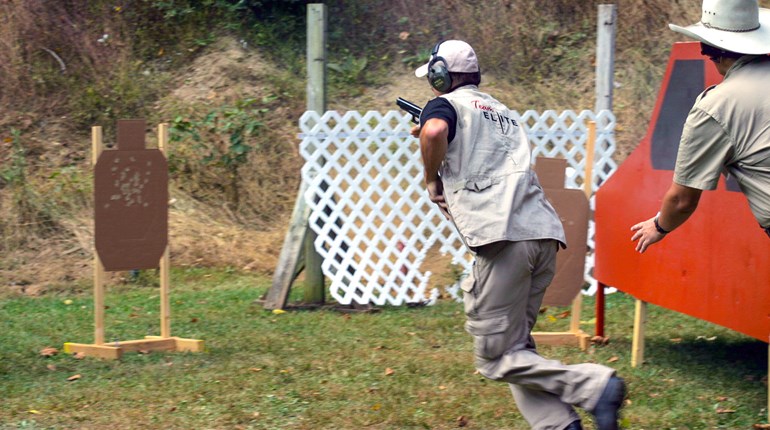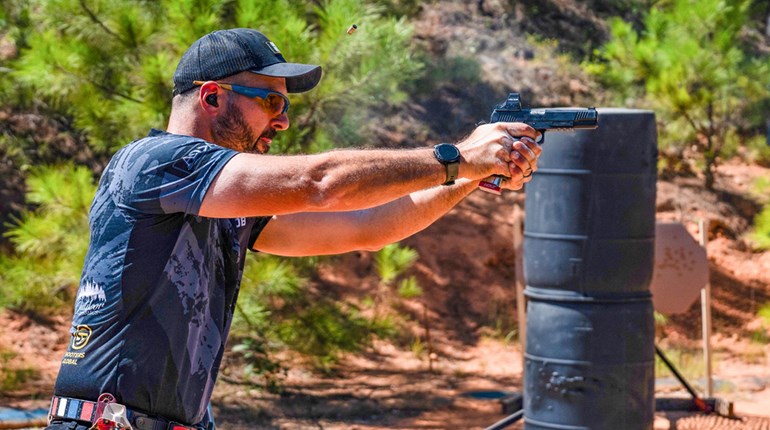

The year 1939 was a turbulent one. Dramatic political changes were sweeping across Europe as the continent tumbled headlong toward war. The National Socialist Third Reich’s aggressive rearmament and expansionism was exerting a menacing influence that threatened to disrupt the existing balance of power and destabilize the region. As war clouds began to gather, the United Kingdom needed to arm itself with everything from warships to firearms. While the Enfield rifle and the Bren light machine gun gave its fighting forces two of the finest examples of firepower then available, an intermediate automatic weapon was needed. Eventually, the American-made Thompson submachine gun would fit that bill, but with Hitler’s legions soon to unleash the dogs of war, the U.K. decided its military needed a lightweight, semi-automatic rifle chambered in 9 mm.
Its domestic-armament industry was already pushed to the limit, so the U.K. government would need the assistance of a U.S. gunmaker to develop this new light rifle. At the time, Smith & Wesson was almost bankrupt and the $1 million-dollar advance on the project that came from London was a godsend. Although the company’s reputation was more closely associated with making revolvers, Edward S. Pomeroy, Smith & Wesson’s chief engineer, worked up a design for a semi-automatic-only, open-bolt, blowback carbine that promised to be just what the British were looking for. When the patent application for the Model 1940 Light Rifle was filed on June 28, 1939, it presented an unconventional appearance that featured blued-steel components, a Tenonite buttstock and a fixed, vertical housing that fully enclosed a 20-round, detachable-box magazine. Because spent brass casings were directed straight downward in this unique magazine housing, it also functioned as an extended ejection port.

Prototypes of the Smith & Wesson Light Rifle reached England in 1940 and underwent test and evaluation at the Royal Small Arms Factory at Enfield, but the results were disappointing. At 9 pounds, the gun was not nearly as lightweight as had been hoped and, in addition, it was expensive to produce. But, those shortcomings were the least of its problems. The British quickly determined the 9 mm load used by Smith & Wesson to develop the design for the Light Rifle produced significantly lower pressures than the load used by the United Kingdom Some of the guns developed stress cracks in their receivers after firing as few as 1,000 rounds. Smith & Wesson responded to this problem by producing a second pattern incorporating a strengthening sleeve that dramatically extended the service life of the weapon. Although the “Mark II” modification largely resolved the inherent weakness of the earlier version, complications and high cost had by then tarnished the project. The United Kingdom accepted delivery of 60 prototypes, 750 production Mark Is and 200 production Mark IIs before electing to cancel the contract with Smith & Wesson for the 9 mm Model 1940 Light Rifle. Since most of the guns delivered could not handle the more powerful English 9 mm ammunition, none were issued to the armed forces of the United Kingdom and they were therefore not used in combat at any point during the Second World War. In the conflict’s aftermath, the British kept only five Model 1940 Light Rifles for museum-type sample collections. The rest were cut up and the parts dumped in the English Channel. It was an inglorious fate for a weapon that—although it occupies a unique place in the history of small arms—never stood a chance of becoming a successful military service weapon.














